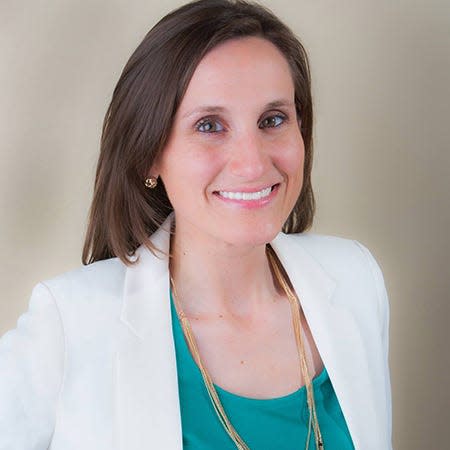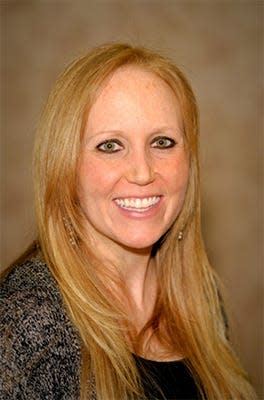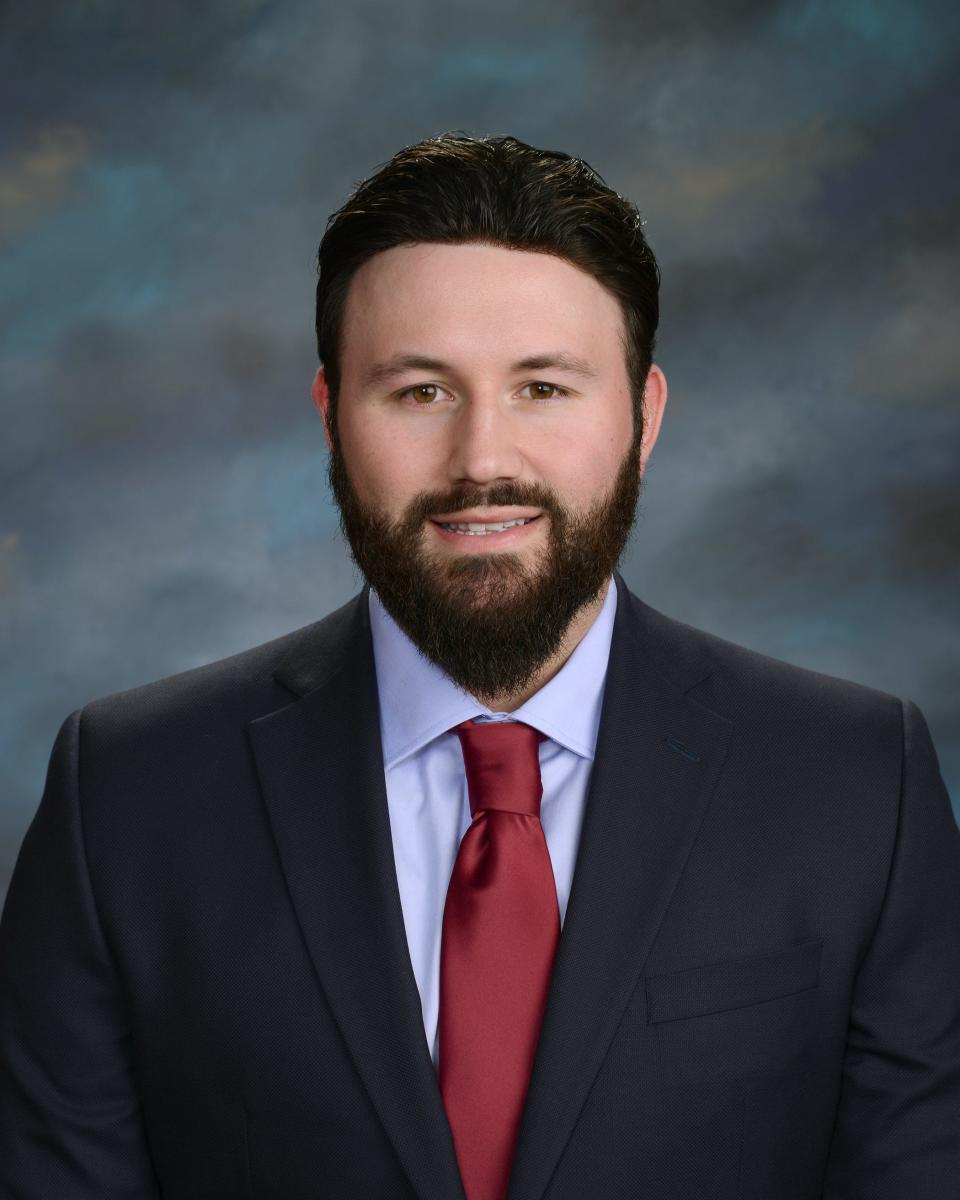Arming teachers seems an easy fix but are the possible costs worth the risks? |Opinion
- Oops!Something went wrong.Please try again later.
Cheryl Lero Jonson is an associate professor of criminal justice at Xavier University. Brooke Miller Gialopsos, Ph.D. is an assistant professor in the department of criminal justice, criminology and forensics at Seattle University. Alexander L. Burton is an assistant professor of criminology and criminal Justice at the University of Texas at Dallas.
Recently, Uvalde, Texas, experienced every community’s worst nightmare when 19 students and two teachers were killed. As the nation reels with grief and anger, attention has focused on how to prevent the next community from experiencing this horror. The solutions have been varied, including calls for gun control, increased mental health, and beefing up the security of the school.
However, in Ohio, another measure is being debated: the arming of teachers. Despite opposition from the Ohio Education Association, the Fraternal Order of Police of Ohio, and the Ohio Federation of Teachers, House Bill 99 recently passed in the Ohio Senate, lowering the training requirements for teachers to carry weapons within the state’s schoolhouses.
More: What's inside the bill to arm Ohio teachers as it heads to Gov. Mike DeWine?
While some say this will make Ohio’s students and teachers safer, this policy is fraught with complexity. As such, there are various issues Gov. Mike DeWine must consider prior to signing House Bill 99 into law. We highlight seven below.

More: How to submit guest opinion columns to the Columbus Dispatch
First, teachers overwhelmingly oppose this policy. Experiencing the aftermath of the COVID-19 pandemic, low pay, and a lack of respect, teachers are leaving the profession en masse. With more than 80% of teachers opposing this policy, districts that implement it must understand it may reduce their pool of qualified applicants.
More: COVID-19 concerns, burnout causing some Ohio teachers to retire early

Second, the amount and type of training needed to be armed must be well-defined. Included in this is determining if armed teachers should participate in training with local law enforcement in order to ensure a collective response in the case of an active shooter. Confusion between armed teachers and first responders could increase the loss of life in a shooting.
Third, schools with armed teachers must have policies concerning what occurs if a teacher injures or kills an innocent student when engaging a gunman. Police officers and military professionals, despite extensive training, still kill and injure people in friendly-fire situations, as they miss the majority of their shots in dynamic incidents.

Since teachers will likely have less training, the consequences of friendly-fire situations must be stated prior to arming teachers.
More: Ohio teachers can have guns in the classroom. How much training do they need?
Fourth, there needs to be clear “duty to defend” policies laid out for teachers who are armed. For example, it must be clear if teachers are to stay and protect their classrooms or seek out an active shooter. Additionally, consequences for failing to meet these “duty to defend” requirements must be clearly defined.
Fifth, if a teacher engages with a gunman and is harmed physically and/or mentally, districts must have a plan in place to address leaves of absence, mental health and medical treatment, and early retirement. This is particularly salient if the teacher engages with a perpetrator they know or have taught.
Sixth, school choice can be impacted by the policy. As the public has strong beliefs on the arming of teachers, parents may place their children into or pull them from districts with the policy. Thus, impacts on school enrollments should be considered.
More: Attorney: Ohio kids merely 'income statements on a balance sheet' to school voucher opponent
Seventh, the policy comes at a substantial cost. Not only does training cost the district, but also there is a hidden cost of increased insurance premiums. As the risk of accidents, injuries and death increase in the presence of more guns, insurance companies charge more to cover the school.
Additionally, policies must clearly articulate what if any additional insurance teachers themselves must carry and if they will be reimbursed.
More: Teachers across US question profession, gun laws after Texas school shooting
After each school shooting, calls to protect our nation’s schoolhouses are amplified, with arming teachers receiving enormous attention. On the surface to be a simple solution, there are layers of complexity with this policy. As such, Gov. DeWine must understand the practicalities of arming teachers before he signs House Bill 99 into law.
Cheryl Lero Jonson is an associate professor of criminal justice at Xavier University. Brooke Miller Gialopsos, Ph.D. is an assistant professor in the department of criminal justice, criminology and forensics at Seattle University. Alexander L. Burton is an assistant professor of criminology and criminal justice at the University of Texas at Dallas.
This article originally appeared on The Columbus Dispatch: Opinion: What are the pros and cons of arming teachers?

